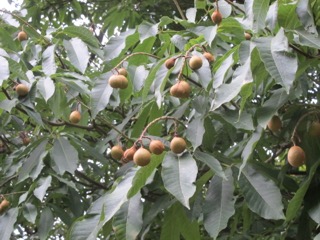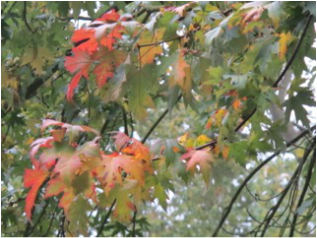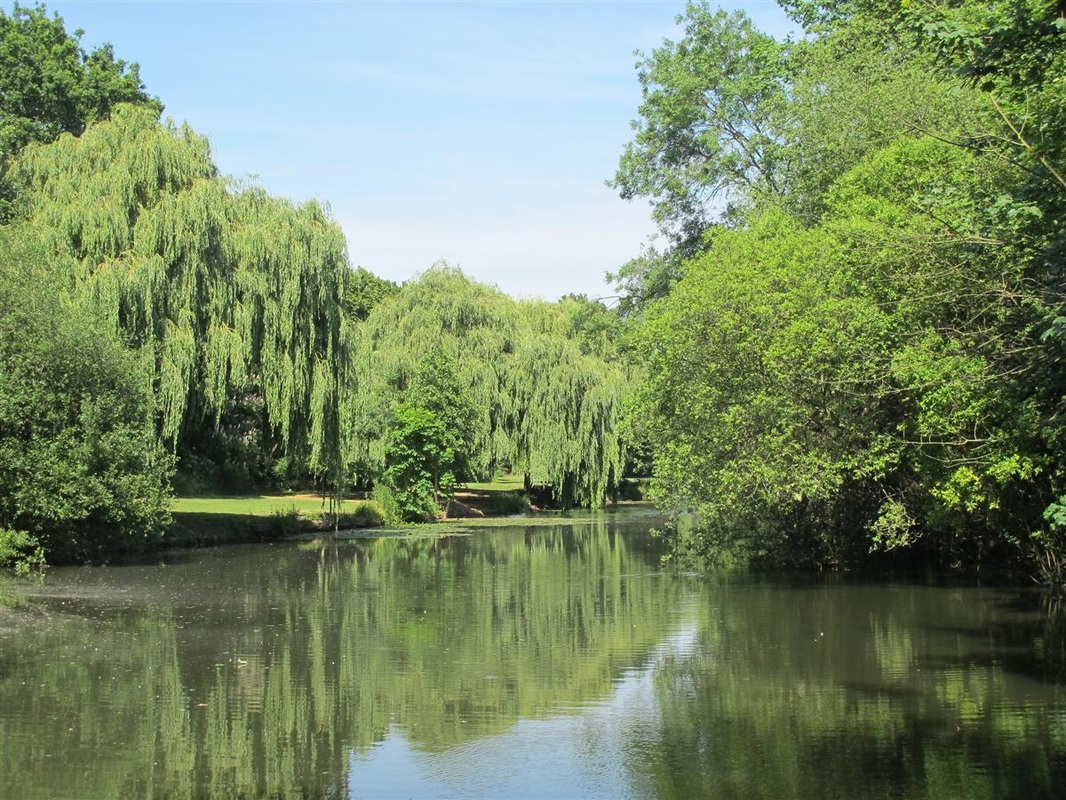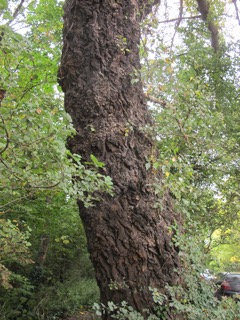We had a very interesting and informative tour around Parklands on Thursday 11th June 2015 guided by a local botanist Mary Smith who showed us some of the more unusual trees in the park.
Below are some photos taken by our Chairman Andrew Griffiths with descriptions prepared by Roy Brand.
Below are some photos taken by our Chairman Andrew Griffiths with descriptions prepared by Roy Brand.
|
Cut-leaved Alder Alnus glutinosa var. Laciniata This tree is a horticultural variety of alder that has deeply cut leaves. It is thought that all plants of this form are descended from one grown in a garden near St.Germain in France in the early 19th century. As you enter Parklands, from Corbets Tey Road, it is in the woods to the right of the path, a few metres before the bridge. |
|
|
Indian horse chestnut
Aesculus indica A relative of the common horse chestnut, the Indian horse chestnut is native to the lower slopes of the north-west Himalaya. It was first introduced to Britain in 1851. Its pinkish-white flowers appear in July. It produces smaller seeds (conkers) than the common horse chestnut. These seeds contain a toxin which is poisonous to humans and many other animals. It is near the car park, north of the lake. |
|
|
|
Silver Maple
Acer saccharinum The silver undersides to the classic maple shaped leaves make this tree appear white in windy weather. It has a good autumn colour display of rich gold/ yellow. In its native North America the autumn colour can range from yellow and orange through to deep red. It is on the north bank of the lake, just beyond the bridge |
|
Swamp Cypress
Taxodium distichum
A characteristic of this tree is that, when growing in or near water, the trunk is surrounded by emergent "breathing roots" (likened by some to knobbly knees) as the roots are mainly underwater. The tree is a native of S and SE USA. There are at least 2 on the south bank of Parklands near the wooden bridge.
Taxodium distichum
A characteristic of this tree is that, when growing in or near water, the trunk is surrounded by emergent "breathing roots" (likened by some to knobbly knees) as the roots are mainly underwater. The tree is a native of S and SE USA. There are at least 2 on the south bank of Parklands near the wooden bridge.
Weeping crack-willow
Salix x pendulina, (S.babylonica Babylon Willow x S.fragilis Crack Willow
These are the dominant trees along the north bank of the lake.
Salix x pendulina, (S.babylonica Babylon Willow x S.fragilis Crack Willow
These are the dominant trees along the north bank of the lake.
|
Black (or Water) Poplar Populus nigra var betulifolia The Black Poplar is the most endangered native timber tree in Britain. The one in Parklands is a very large and ancient tree, with low-leaning heavy branches. It is situated close to Park Farm Road, south of the stream. Sadly this tree was blown down during the recent storm of 2018 |














